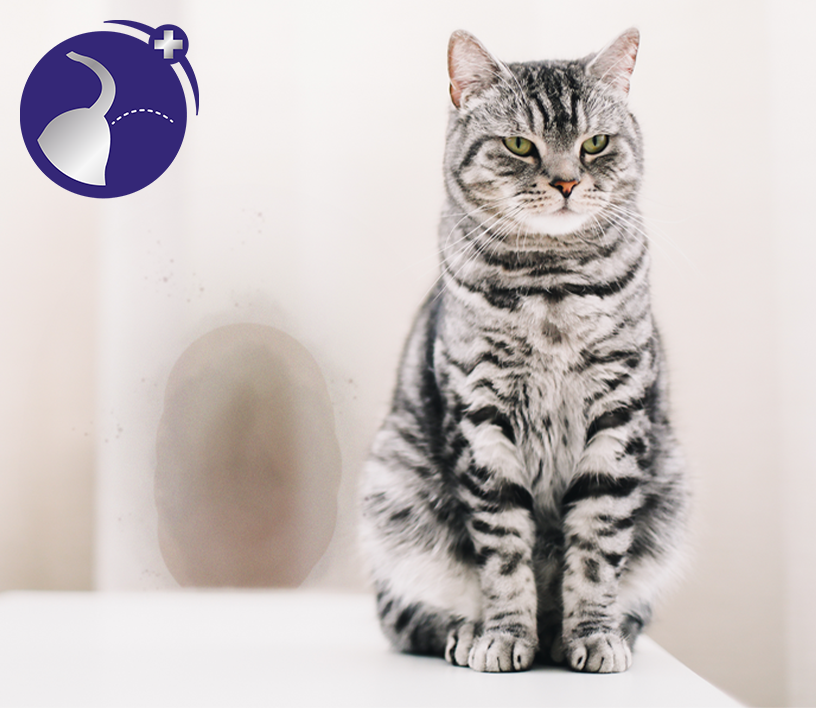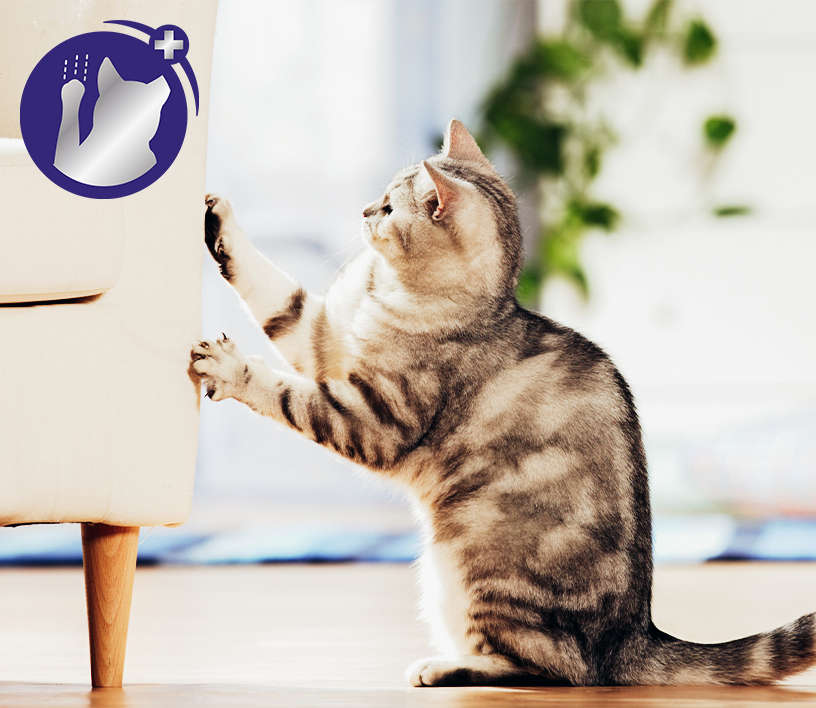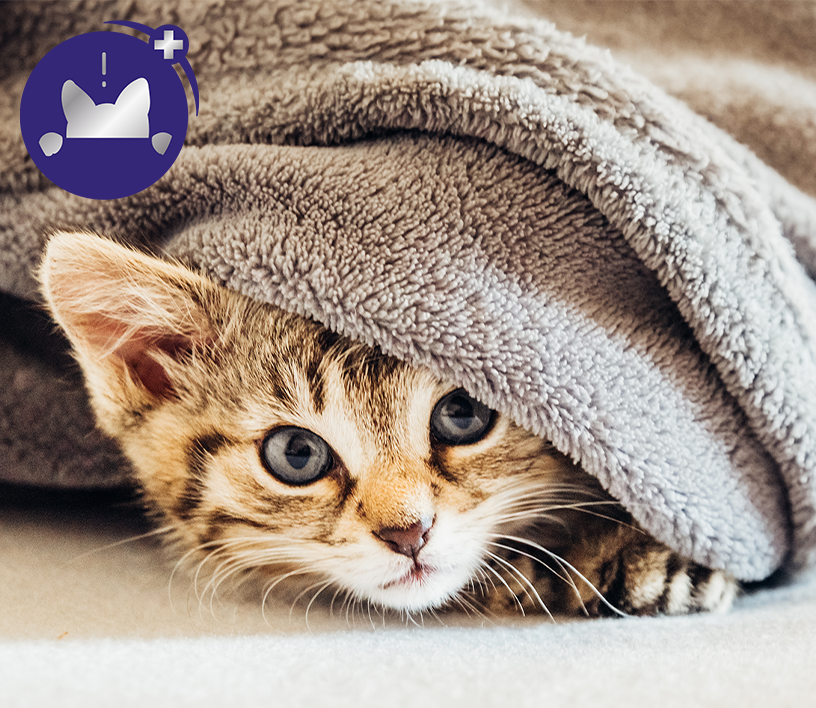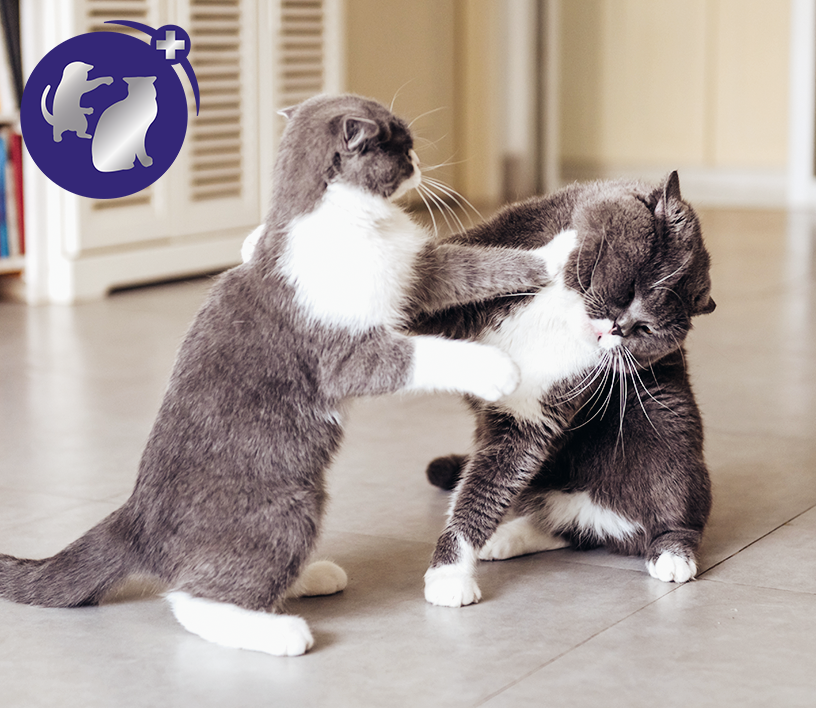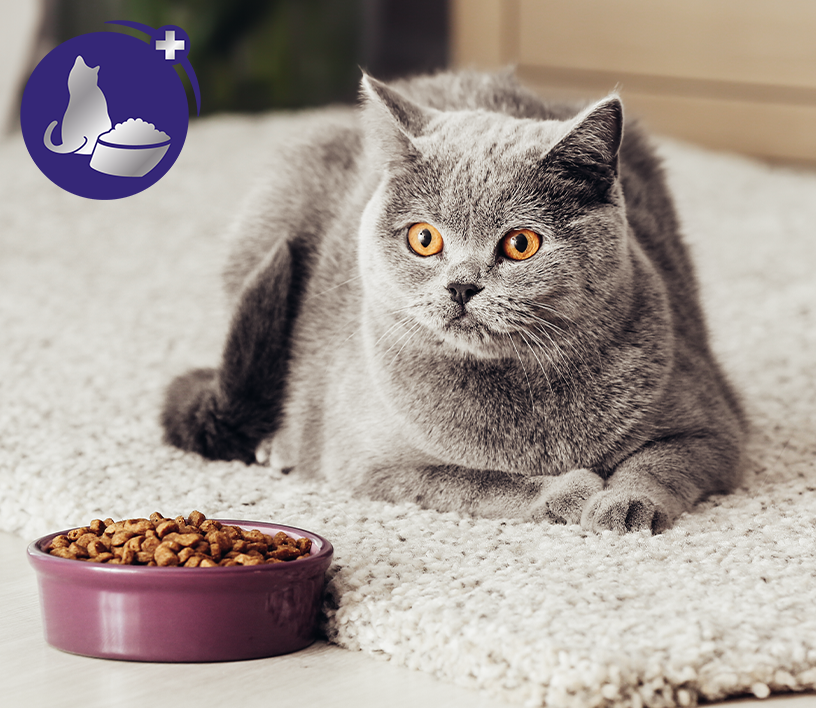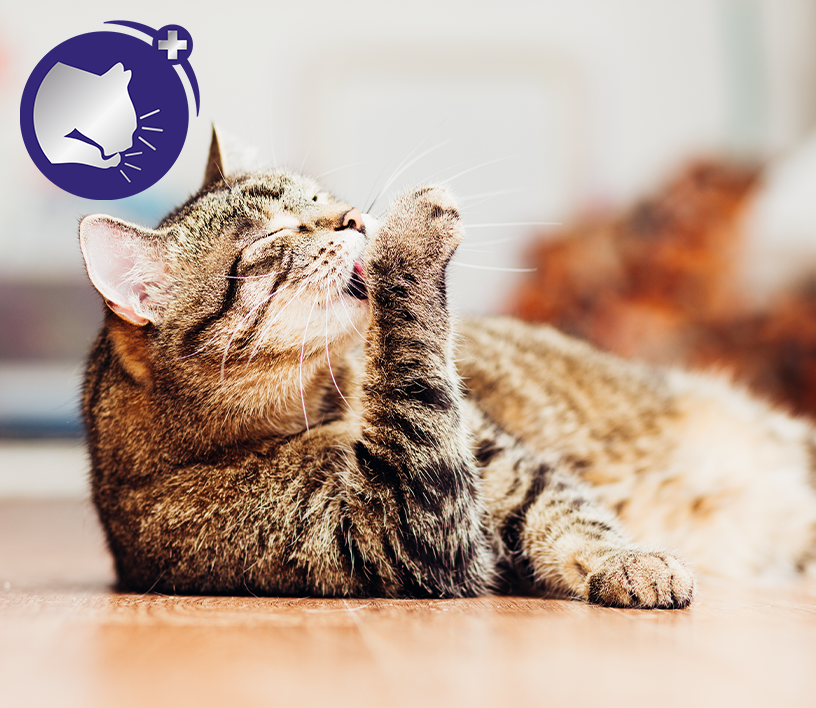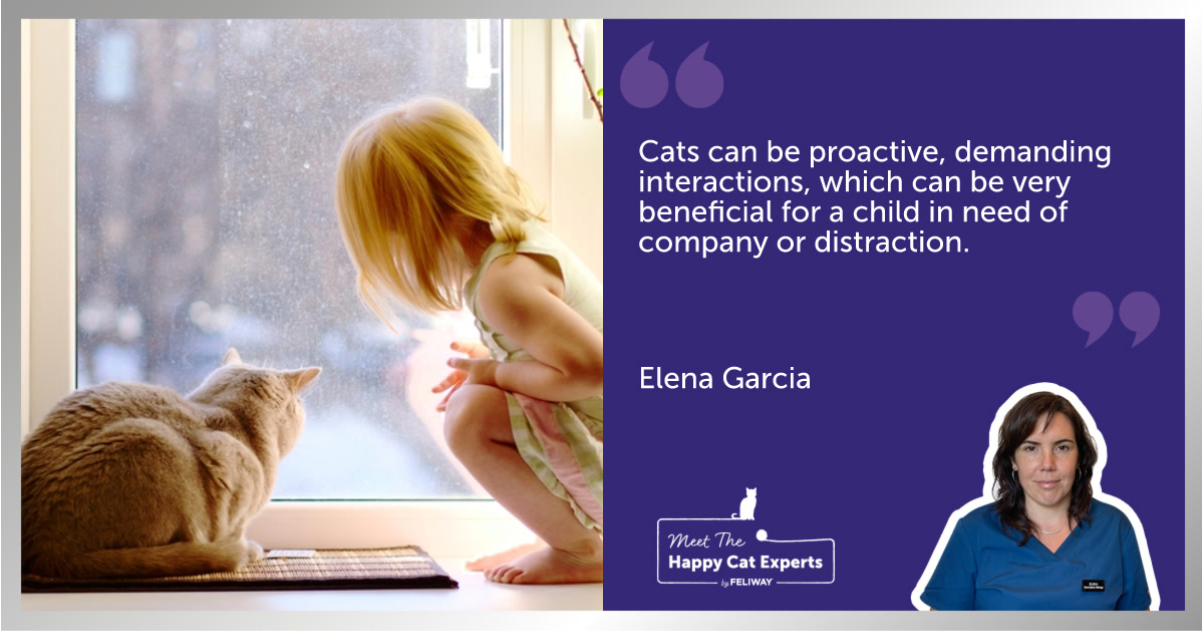
Building Bonds Between Cats and Children: A Happy Cat Expert Explains!
Cats and children can form wonderful bonds, and it has been recognised for many years that children benefit in numerous ways from living with pets. Studies have shown that there is a lower likelihood of allergies and that children can even become more responsible and empathetic. However, to maximise these benefits and ensure your cat's well-being, it is essential to understand certain concepts that you may not be aware of.
In today’s article, we’re going to explore four myths around cats and children, and the truth of how to use them to help your pets and children bond.
Myth #1: Living with a pet always has benefits
Generally, studies show that most children who live with a pet are more responsible and empathetic, meaning they have a greater capacity to understand others' emotions. However, this is only possible if parent’s demonstrate good pet care. Simply living with a cat may not be sufficient if parents do not involve themselves in the animal’s well-being.
Essentially, when it comes to helping your cats and children build a bond together, it is down to you as the parent to demonstrate a positive example. This means teaching your children how to interact with your cat in a gentle and respectful way and teaching them how to recognise the signs of a contented or stressed cat.

Benefits of Cats and Children Bonding Together
If we focus on the emotional and bonding aspect of this relationship, we know that cats are good as social support for several reasons:
-
Constant availability: Cats are almost always available, making them a constant and comforting presence.
-
Proactivity: Cats can be proactive, demanding interactions, which can be very beneficial for a child in need of company or distraction.
-
Variety of activities: Cats allow for a variety of shared activities, from playing and petting to relaxing moments.
-
Ideal confidants: Cats are excellent confidants because they do not judge. Although it might seem counterintuitive, confiding or venting to someone who does not understand can be very positive. Your child can explain how they feel with total peace of mind, knowing they will not be judged, and their secrets will not be revealed. When confessing distress to a person, we are aware that this person will worry about us and, if they are close to us, they might also be under the same stressful situation. This can lead us not to express our distress to avoid causing them more pain. In contrast, with a cat, children can express themselves freely without this concern.
- Opportunity to care: Cats offer the opportunity to care, helping children feel valuable and purposeful, boosting their self-esteem and sense of responsibility.
Advice for Helping Cats and Children Bond
If we approach the component of care and responsibility between cats and young children, we must keep in mind that:
-
The responsibility of supervising proper care always lies with the adult.
-
It’s important to encourage communication and education by explaining your cat’s emotions and needs to children in a reasoned manner, not just by imposing tasks.
-
Your cat’s basic needs must always be met, so ensure clear limits and rules for your children to prevent your cat being harmed physically or emotionally.
-
Focus on effort rather than success. For example, if a small child is trying to put water in your cat’s bowl, it is likely that some water will end up on the floor. The message should focus on the positive effort made rather than the outcome.
-
When tasks are not done correctly, be close and teach the correct way of doing things, understanding that mistakes are part of learning.
-
Do not censor thoughts or emotions related to your cat, even if negative. Later, you can reflect with them on the origin of their distress, but it is important they can express their feelings if it exists. For example, if your cat hurt your child while playing, or if your child does not want to play but the cat insists.

Age-Appropriate Guidelines for Cats and Children:
-
Ages 3 to 7: Young children can accompany and observe adults in caring for a cat, helping with simple tasks such as brushing or feeding.
-
Ages 8 to 14: Slightly older children can take on more responsibility, such as playing, cleaning litter boxes, and managing feeding and grooming under adult supervision.
- Ages 14 to 18: Teenagers can have more autonomy in caring for a cat, though they should still be supervised by an adult to ensure the cat’s well-being.
Conclusion
Adopting a cat can bring immense benefits to children provided the cat is considered a family member who needs care and love. We invite all families to adopt responsibly, remembering that a cat’s well-being and the strengthening of their bond with children will depend on the commitment and education of all household members.
Are you interested in learning more about how cats and humans can build their bond together? Explore our huge range of articles online, and don’t forget, you can also sign up to our newsletter to stay up to date with all our latest tips.


















